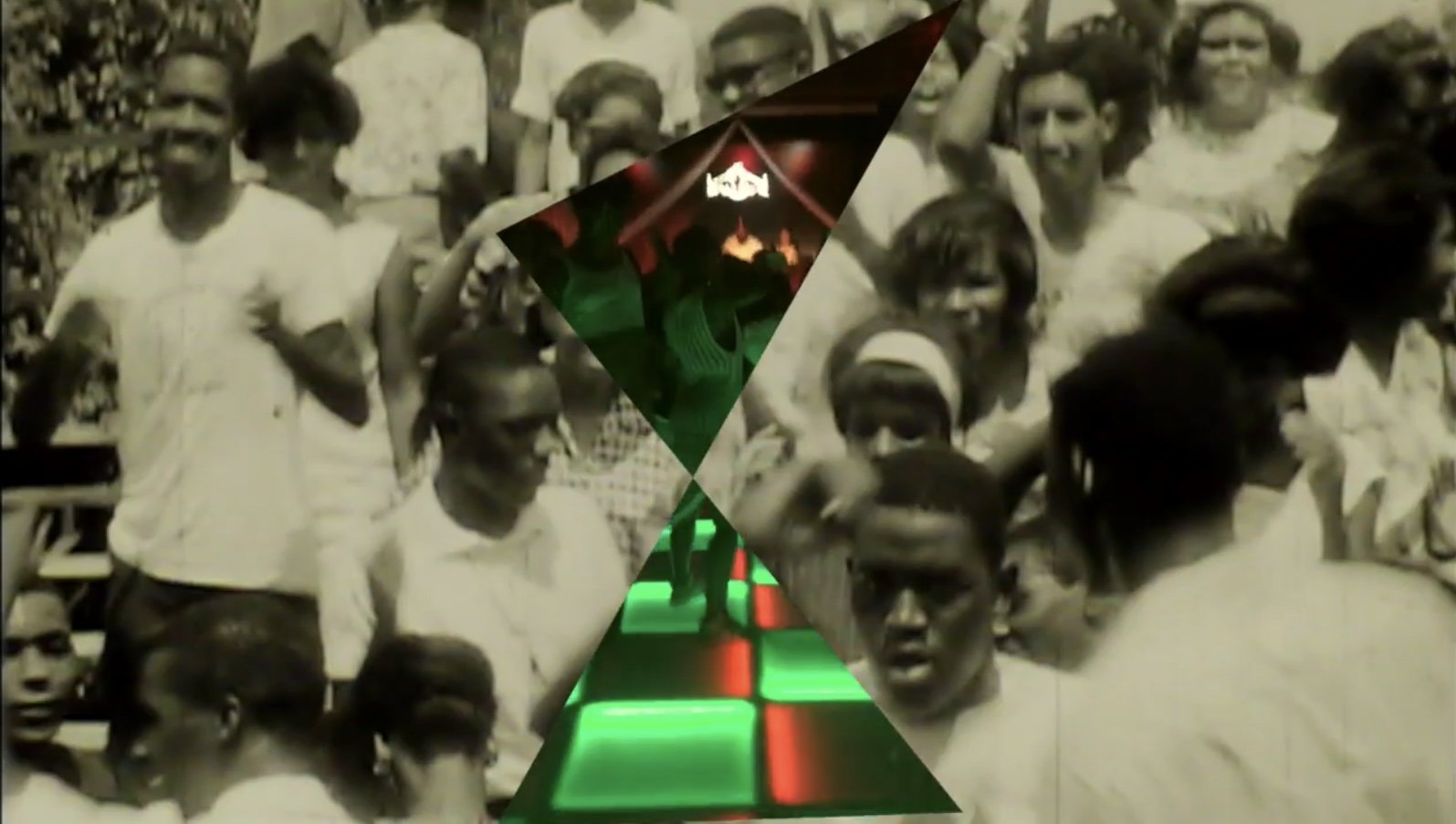
in my dreams, we were free
MASS GALLERY, AUSTIN, TEXAS 2024
Funded by the city of Austin’s Nexus grant, this Pop-up exhibition features the work of four QTBIPOC artists at Austin's artist-run MASS Gallery. Through research methods, personal documentation and poetic expression all artists use a variety of mixed digital media such as moving picture, video assemblage/collaging, short films and virtual modeling to engage in concepts of identity, self discovery/determination, feelings of home and questions of freedom under capitalist and imperialist systems.
Through themes of self-determination, the works explore the ways in which individuals reclaim their identities and narratives in the face of societal pressures or marginalization. Themes of personal freedom reveal moments of self-liberation, resilience, and the courage to live openly and authentically. The artists’ varied interpretations of “home” reflect a spectrum of feelings and ideas, from cultural and familial ties to the broader notion of inner belonging. Together, these pieces create an intimate tapestry of experiences, offering insight into the artists’ paths toward empowerment and connection.
“to Render the Infinite”
11min, 23sec. Audio by Ayana Contreras. One channel video. Looped. 2021.
zakkiyyah najeebah dumas-o’neal
"zakkiyyah najeebah dumas o’neal and composer Ayana Contreras collaborated on a remarkable film, to render the infinite, commissioned by the Chicago Humanities Festival. o’neal’s film is mined from the Chicago Film Archives along with her own footage, and she uses video assemblage to detail a view of Chicago. The film begins with footage of Lake Michigan and of Chicago author, Lorraine Hansberry. Hansberry is most known for being the first Black woman to have a play performed on Broadway, A Raisin in the Sun. Although Hansberry is most known for this work, o'neal weaves in imagery and gestures that allude to Hansberry's lesbian identity, mirroring o’neals own identity as it relates to the ways Black women and queer people are deeply embedded within the social landscape of Chicago.
The cultural production of Black Chicagoans figures prominently as a structure in the film and the score. Contreras uses sound loops of The Impressions (Curtis Mayfield), African-based rhythms and futuristic sounds to score the film and set the emotional tone.In the film, Hansberry, part of the rich Black cultural history of Chicago, states, “the most ordinary human being, has within him elements of profundity.” o’neal explores this existential thought through what she calls “social portraiture.”
“hands that steal from other mouths”
A theatrical, surreal two-player video game/music video about Empire and extraction, Hands that Steal from “Other” Mouths, personifies the exploitive relationship between the global North and South. The game's narrative is a frenzied tale featuring a community of anthropomorphic indigenous mouths battling a group of greedy capitalist hands who are looking to steal raw minerals. As the mouth, the player acts as the guardian rolling through the environment protecting the land’s valuable natural resources while biting and fighting the hands that seek to take them. As the hand, the player plunders the land for profit, drifting like a crane above, on the hunt for minerals to grab without getting bitten. Stealing is the hand's legacy, It's what their parents did, It’s what their ancestors did and now, it’s their turn to get a piece of the action.
The music video for Hands That Steal from “Other” Mouths is scored by Flarm with art and narration by Temitope Olujobi. The video details how real world US imperialism is made possible through debt traps set by Western institutions like the World Bank and International Monetary Fund.
“A love like water”
With nature being centered as the original archiver of dynamic existence, water is understood and accepted as a common transmuter. Being both contained within and connected to itself at all times, its presence inherently opens portals of transformation towards radical connection within fundamentally transient ecosystems. Looking to water as a map to past histories, present moments, and queer futures, Sorunke collages original portraiture and suminagashi printmaking to document, understand, and remember natural examples of fluid expression based in deconstruction and reconstruction to showcase the embodiment of gender and queerness. As the elements are constantly shifting and shaping the world, they offer that we are only tasked with defining how we live in it.
“wolves don’t cry”
5-channel synchronized video installation, 12:00 minutes. 4 CRT monitors, 1 flat screen, white shag carpet, 4 pedestals of various heights, dog training collar, stones. 2021.
Wolves Don’t Cry is a 5 channel synchronized video installation exploring my relationship with my brothers through play. We role play as a wolf pack and confront each other expectations and preconceived notions about each other. Gender, age, sexuality, masculinity, puberty, anger and shame are all main topics of discussion that come up. Each pedestal represents each of my brothers and the height of the pedestals is dependent upon the actual height of my brothers. I occupy the middle flat screen. An audio of a narrator reciting a story about our wolf pack ties together 5 screens.